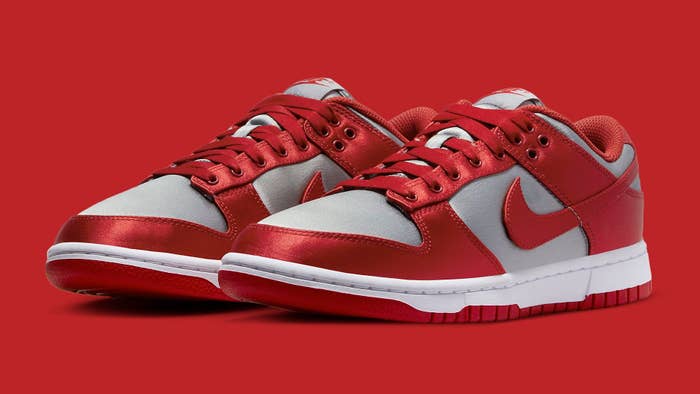Elevating Elegance: The Importance of Claws for Lab Grown Diamond Rings
3 min read
When it comes to choosing the perfect lab grown diamond ring, every detail matters, including the claws that hold the precious stone in place. Often overlooked, the claws play a crucial role in both the aesthetics and security of the ring. In this article, we’ll delve into the significance of claws for lab grown diamond rings, exploring their functions, styles, and how they contribute to the overall beauty and durability of the ring.
Understanding Claws for Lab Grown Diamond Rings
Functionality
The primary function of the claws, also known as prongs, is to secure the lab grown diamond in place within the setting. Claws are typically made of metal and are strategically positioned around the diamond to hold it securely while allowing maximum light exposure for optimal brilliance and sparkle. The number and arrangement of claws can vary depending on the ring design and the shape and size of the diamond.
Security
In addition to their aesthetic role, claws also serve a practical purpose by ensuring the diamond remains firmly in place and protected from damage or loss. Well-designed claws provide a secure grip on the diamond, minimizing the risk of it becoming loose or dislodged over time. This is especially important for lab grown diamond rings, which may be subject to everyday wear and tear.
Styles of Claws for Lab Grown Diamond Rings
Prong Settings
Prong settings are the most common type of claw setting and are characterized by small metal prongs that extend from the ring’s band to hold the diamond in place. Prong settings come in various configurations, including four-prong, six-prong, and even eight-prong designs, each offering a unique balance of security and visibility for the diamond.
Bezel Settings
Bezel settings involve encircling the lab grown diamond with a metal rim or bezel that holds it securely in place. This type of setting offers excellent protection for the diamond and can create a sleek and modern look. Bezel settings are particularly well-suited for lab grown diamonds with irregular shapes or those that are prone to chipping or damage.
Choosing the Right Claws for Your Lab Grown Diamond Ring
Consider the Diamond’s Shape
When selecting claws for your lab grown diamond ring, it’s essential to consider the shape and size of the diamond. Different diamond shapes may require specific claw configurations to ensure a secure fit and optimal display of the stone’s unique characteristics.
Think About Your Lifestyle
Your lifestyle and daily activities can also influence the choice of claws for your man made diamonds ring. If you lead an active lifestyle or work with your hands frequently, you may prefer a more secure setting with larger or more substantial claws to protect the diamond from accidental damage or loss.
Conclusion
In conclusion, claws play a vital role in the design, security, and functionality of lab grown diamond rings. By understanding the importance of claws and considering factors such as style, security, and lifestyle, you can choose the perfect setting that enhances the beauty and durability of your lab grown diamond ring for years to come.







